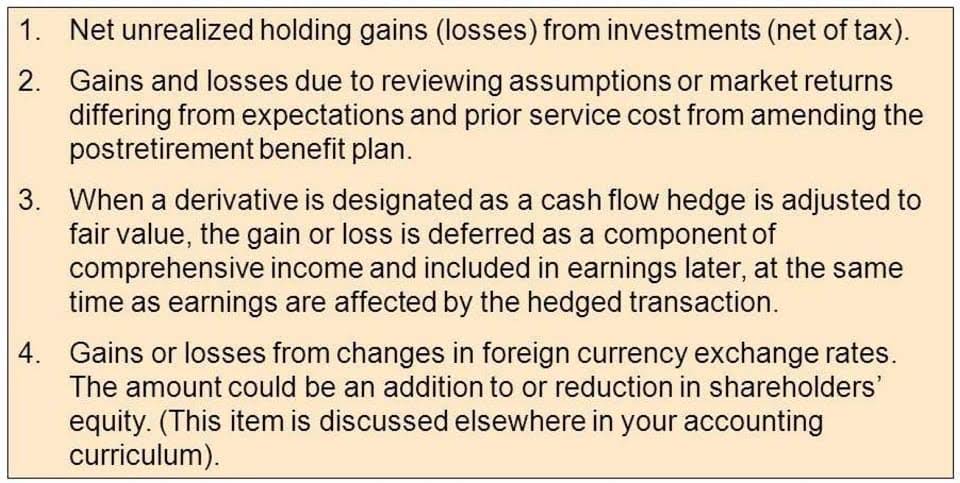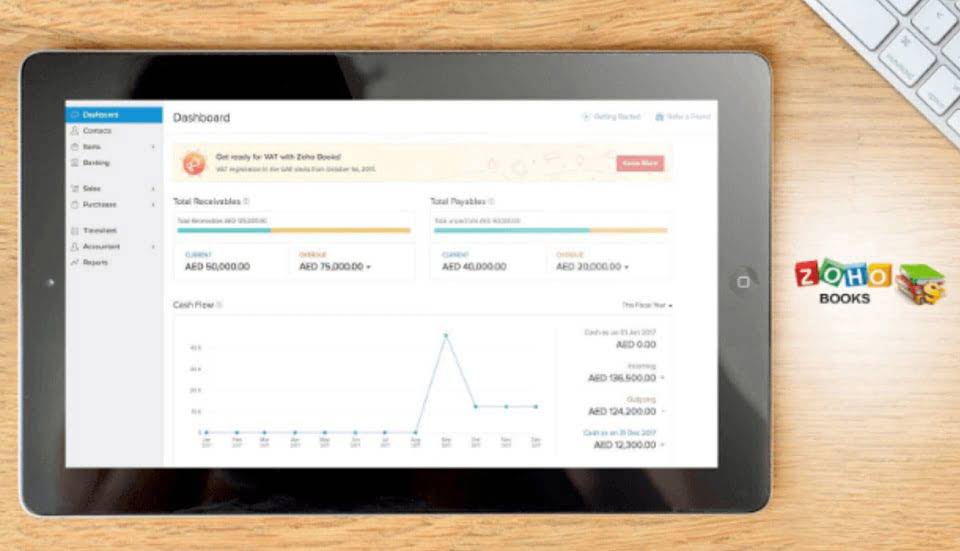Address
304 North Cardinal
St. Dorchester Center, MA 02124
Work Hours
Monday to Friday: 7AM - 7PM
Weekend: 10AM - 5PM
Address
304 North Cardinal
St. Dorchester Center, MA 02124
Work Hours
Monday to Friday: 7AM - 7PM
Weekend: 10AM - 5PM

Manufacturing overhead (MOH) cost is the sum of all the indirect costs which are incurred while manufacturing a product. It is added to the cost of the final product along with the direct material and direct labor costs. Usually manufacturing overhead costs include depreciation of equipment, salary and wages paid to factory personnel and electricity used to operate the equipment. You probably keep up with the direct cost of labor and direct materials costs, and you’ve heard about allocating fixed overhead. Are variable manufacturing overhead expenses included in your standard costs budgets? Are they being properly allocated to your unit product cost of production?

Accurate identification and allocation of these costs are crucial for determining the true cost of production, pricing strategies, and profitability analysis. Accurate Certified Bookkeeper pricing is the lifeblood of any manufacturing business, ensuring profitability and competitiveness. Manufacturing overhead, the indirect costs incurred during production, plays a crucial role in determining the true cost of goods manufactured. Understand how to calculate these indirect costs precisely to unlock the key to effective pricing strategies and maximize your bottom line.
Ecommerce businesses often have variable manufacturing overhead costs. This means that the cost of goods changes based on how many items are sold. For example, if an ecommerce business sells 500 dog sweaters, the variable costs might be $2 per sweater. But if the company sells 1,000 canine sweaters, the variable cost might be $1.50 per sweater.

By accurately tracking these costs, businesses can report their financial position accurately. A low manufacturing overhead rate signifies efficient and effective resource utilization within your business. However, a higher rate may suggest your production process is experiencing delays or inefficiencies. First, determine how many hours of work are directly involved in manufacturing the product.
Either one is correct as long as management understands the sources total manufacturing cost formula of the figures they are looking at and how they intend to use this information. You might look at these calculations and wonder where the fixed manufacturing costs went under the variable method. These costs didn’t disappear; they just get posted in a different place on the income statement.

Indirect materials are costs that cannot be linked to a specific product produced, such as machine lubricants, light bulbs, janitorial supplies. You should estimate your costs for each of the manufacturing overhead recording transactions costs that you identified. Investing in technology and automation can streamline production processes, reduce labor costs, and minimize errors. Modern manufacturing technologies such as robotics, IoT (Internet of Things), and AI (Artificial Intelligence) can enhance productivity and efficiency. For instance, automated assembly lines can improve throughput and consistency while requiring fewer manual interventions. Semivariable overhead costs may fluctuate with production levels but are not directly tied to them.
Combining these visual tools ensures that data is not only presented clearly but also contextually analyzed, enabling smarter, evidence-based decision-making. Each graph or chart delivers unique insights that can guide different aspects of strategy, operations, and planning, fostering a comprehensive understanding of the business landscape. Companies should repeat the overhead calculation process periodically to ensure that costs remain consistent with the company’s overall objectives. Training personnel on new processes or equipment can reduce downtime due to errors or mistakes, resulting in cost savings from fewer reworks. Furthermore, investing in employee development will create an engaged workforce that is more efficient and productive. Sales represent the sum of all revenue generated by the sale of goods and services in a certain period.

Direct Labor refers to the wages paid to workers who are directly involved in manufacturing the product. These are employees who physically assemble the product or operate machinery. To find the total manufacturing cost, you must calculate the total wages paid to direct labor during a specific period.